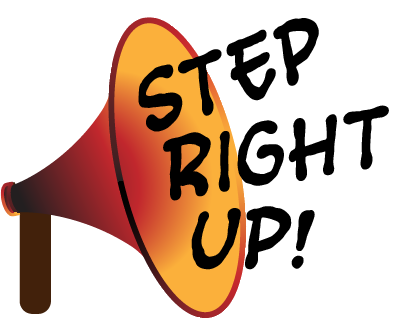

A man put his arm and his head into the lion's mouth, all the spectators looking on so attentively that a breath |
||||||||||||||||||||||
In the beginning was the horse, and the horse was good. But soon American circuses began to also feature exciting wild animals. This was the first and only exposure to these creatures that was available to the public until the advent of zoos. |
||||||||||||||||||||||
|
||||||||||||||||||||||
   |
||||||||||||||||||||||
| No, show them how much you love me. When people started empathizing with the cats, "tamers" became "trainers" and lost the guns and whips, demonstrating a bond of affection and acting more like choreographers than conquerors. |
||||||||||||||||||||||
  .jpg) |
||||||||||||||||||||||
| And show a little dignity. Wild animals like monkeys, bears, and seals were once treated as clowns imitating humans, but their acts evolved to be more dignified and were based on natural behaviors applied to circus props. Well, within limits. |
||||||||||||||||||||||
      |
||||||||||||||||||||||
| The ways animals were trained also evolved with our attitudes about animals. |
||||||||||||||||||||||
| I don't teach them the tricks—they teach me. —Venko Lilov, animal trainer explaining positive reinforcement techniques |
||||||||||||||||||||||
  |
||||||||||||||||||||||
In 2000, 80% of Americans polled believed animals belonged in circuses. In 2009 PETA released an undercover video of a Ringling elephant training session that shocked people. By 2015 69% of Americans were concerned. Also, today the cost of traveling with elephants and wild animals has made doing so almost impossible, especially since there is huge competition for leisure time and dollars. |
||||||||||||||||||||||
|
||||||||||||||||||||||
|
||||||||||||||||||||||
 Animal abuse
Animal abuse There is an argument to be made that animal rights activists and circuses could have worked together to ensure humane treatment as was done in Hollywood ("No animals were harmed in the making of..."), but activists were convinced that the travel, living conditions, and training were inherently cruel. They picketed circuses and advertised their position. Circuses dismissed activists instead of trying to dialog with them.
There is an argument to be made that animal rights activists and circuses could have worked together to ensure humane treatment as was done in Hollywood ("No animals were harmed in the making of..."), but activists were convinced that the travel, living conditions, and training were inherently cruel. They picketed circuses and advertised their position. Circuses dismissed activists instead of trying to dialog with them.

